Shuffling along with a frustrating leg injury is the fastest way to mess up your body. A mixture of damage to muscles, ligaments, tendons, joints or nerves in the front or back of your leg. Here’s a few leg conditions our practitioners are great at treating. There are different types of structures in your legs, each one with it’s own set of signs and symptoms. First we must establish the extent of the damage to the tissue, then we know exactly what we’re dealing with. Most leg injuries have more than one problem at the same time, the question is which one takes priority. Spreading pain over your leg into your foot is more concerning than sharp stinging pain at a specific point. When nerves gets involved resolving the problem may take much longer.
Our years of practice has shown us that most leg injuries are quite an easy fix, but sticking it in a boot or walking on crutches for a few weeks adversely causes it’s own set of problems. Muscle weakness, joint stiffness, poor circulation to mention a few. Understanding the scope of the problem directly impacts recovery and healing time, the faster you know what you’re dealing with, the faster you’ll be able to walk pain-free again.
Here’s our catalogue of articles describing how our practitioners approach leg injuries. Keep in mind that most leg conditions involves a combination of damage to different structures at the same time. Neglecting these ‘less obvious’ tissue damage usually causes delayed healing or even poor recovery. When diagnosing leg pain, we determine the hierarchy of priority and focus our treatment on that.
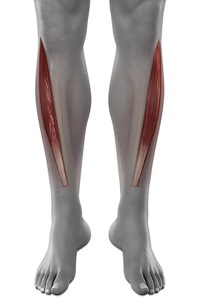
Most shin pain is the result of repetitive overuse that ends up overloading the structures such as your bone, muscle and tendons.
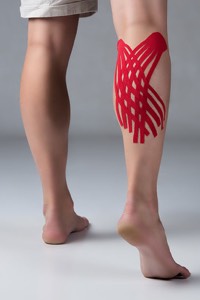
Calf pain can come from any of your thigh, calf or shin muscles also your knee and ankle joints. To establish where exactly the calf injury is, can be very helpful at identifying what structure is causing the pain.
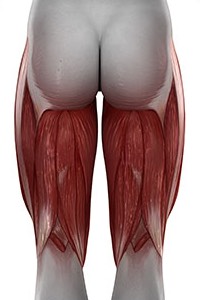
Hamstring injury & pain in the hamstring muscles can come from so may different problems, one of them is an injury to the hamstring muscles, but there are so many causes for pain at the back of your thigh.
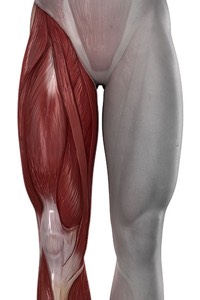
A Quadriceps Tendinitis or Tendinopathy: Symptoms, Causes, Diagnosis, Physiotherapy treatment and why it heals so slow. Tendinitis of the Quadriceps tendon is a condition when the thigh muscles’s tendon become inflamed and irritated. The quadriceps muscles are four large muscles in the front of the thigh just above the knee cap.
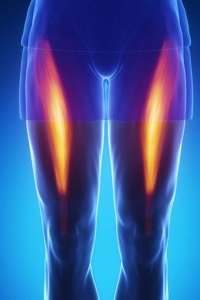
A Quadriceps muscle stain is a tear of one of the four thigh muscles. Pulling feeling over the quads or a sharp sting as if someone shot you in the front of the thigh. Quad muscle strain: Vastus Medialis, Vastus Lateralis, Vastus Intermedius, Rectus Femoris muscle. Hence the phrase ‘pulled quad’.
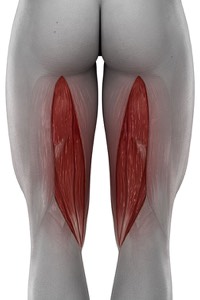
Hamstring Muscle Tear: types, treatment, how and where the hamstring tears or pull. 1st to 3rd degree hamstring tears. Torn your hamstring muscles?
Get the help you really need
Medical professionals that care about you
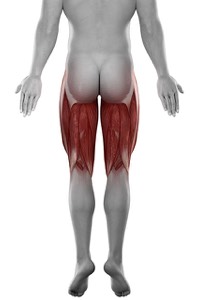
A Hamstring tendinitis is a condition where one of the 3 hamstring tendons are inflamed due to constant irritation from repetitive overload on the tendon. This occurs either at the hamstring tendons that attach to the buttock (sitting bone) or at one of the two distal tendons that attach at the back of the knee. The hamstring tendons must be able to withstand the pulling force when its suddenly loaded.
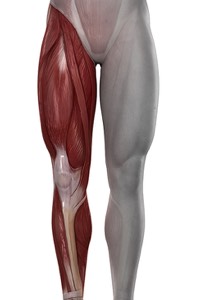
Thigh pain can come from any of your thigh, buttock, quadriceps or hamstring muscles also your hip, knee and lower back joints. To establish where exactly the thigh pain is, it can be very helpful at identifying what structure that could be causing the pain.
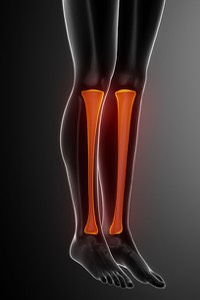
Shin Splints is commonly referred a traction periostitis of the Tibia (Shin bone). Shin pain could be far worse problem like a Tibia Stress fracture. Shin pain can also be caused by an Anterior Compartment Syndrome.
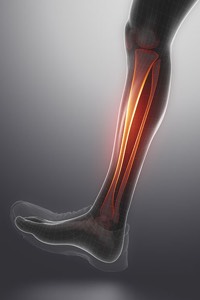
The muscles in the in the limbs are contained within compartments comprised of connective tissue and bone. Increase in pressure within one of these, is known as compartment syndrome.
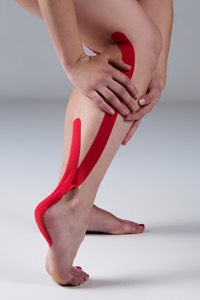
Though typically associated with being a runners injury. Pain can cause problems for anyone involved in high impact running and jumping activities.
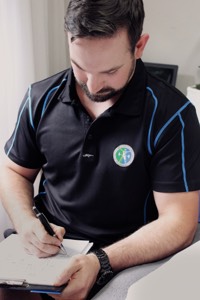
This is a questionnaire that determines the severity of your Achilles tendinopathy. In this questionnaire, the term pain referred specifically to pain in Achilles tendon region.
Get to the root cause of your problem
Our team of experts guide you to heal


